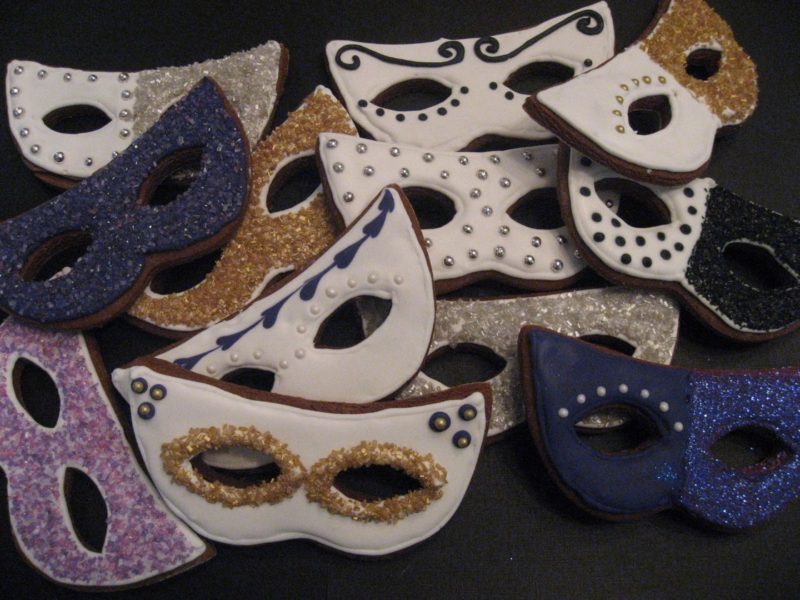I have never really understood three-day-a-year-Jews. I get it that these are generally people who are not very religious and, as such, are uncomfortable going to shul on other Jewish holidays, not to mention every Shabbat. But they still want to maintain a connection to the faith, which is commendable, especially in this era of growing assimilation and decreasing synagogue affiliation.
The part I don’t comprehend is the choice of the High Holidays as the time for their appearance in shul. The services on Rosh Hashanah and Yom Kippur can be very lengthy, solemn in tone and difficult to follow. Hardly the opportunity for a meaningful spiritual experience for someone who doesn’t pray regularly.
As an expert on shuls – not because I’m a rabbi but based on going to daven twice a day, every single day – if I had to recommend two holidays for attending synagogue, they would be Purim and Simchat Torah. Both are exciting festivals that are audience interactive, so to speak.
Since Purim is coming up, let’s talk about that holiday. It’s a time when many people come to shul dressed in costume. They bring all kinds of noise-making devices – in some synagogues, the selections are mind-boggling and ear-splitting. And, the whole service only lasts about an hour. The shul experience is upbeat and the entire day is celebrated with parties and lots of eating. You’re not going to find that on Yom Kippur.
I don’t want to give the impression that Purim is a purely fun and frivolous festival. Far from it. Nor is it only for children. The Feast of Lots is one of the most profound and relevant holidays on the Jewish calendar.
READ: VALE: JUDAISM IS MUCH MORE THAN FOOD
Haman, the main villain of the Megillat Esther story, was as wicked as any of the infamous Jew-haters of recent centuries. Learning about him can give us insights into our own period of rising anti-Semitism. King Ahasuerus was the ruler of the most powerful nation in the world, yet considered a fool by many. He had Jewish progeny (through his marriage to Queen Esther) and was a pawn in the Almighty’s hand, manipulated to act in favour of the Jewish people. Comparison to any modern-day politician is pure coincidence. Or is it?
Even the custom of getting drunk on Purim is serious business. The Talmud says that people are required to imbibe until they can’t distinguish between blessing Mordechai and cursing Haman. The goal is to reach a higher level of spiritual awareness, not to get ripped for no purpose. However, before you try this one at home, keep in mind that only those who can hold their liquor should do this. Otherwise, drinking to that degree is considered a sin.
An important component of the Purim celebration is focusing on others. Mishloach manot are gifts of food given to strengthen friendships or create new ones. Matanot le’evyonim are donations to those who are in need.
In neighbourhoods with a high concentration of Orthodox people, it’s become the practice in recent years for yeshivah students to be driven up and down the streets, collecting from house to house for worthy causes. There are also organizations that use modern technology to enable you to make a donation in Canada on Purim that will be given to poor people in Israel the same day.
I’m not trying to dissuade anyone from going to shul on Rosh Hashanah and Yom Kippur. There are certainly ways of making the holiest days of the year relevant and meaningful. I would also risk raising the ire of my rabbinic colleagues with such a recommendation.
However, I am suggesting that you consider becoming a four-time-a-year Jew and making Purim a time for enhancing your annual spiritual experiences in an entertaining yet profound way.
